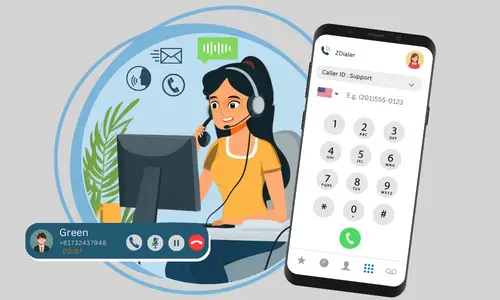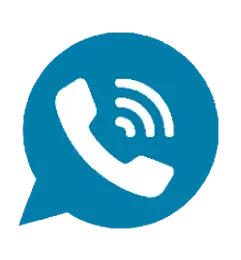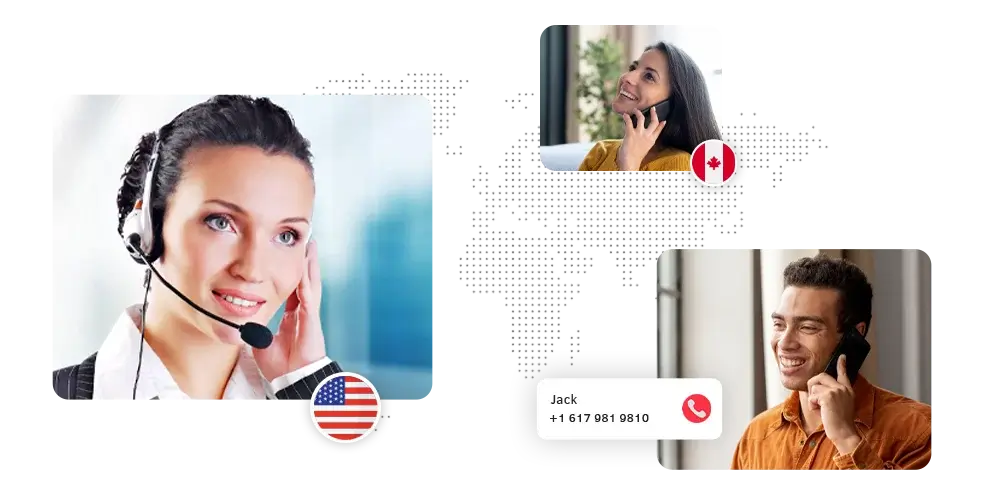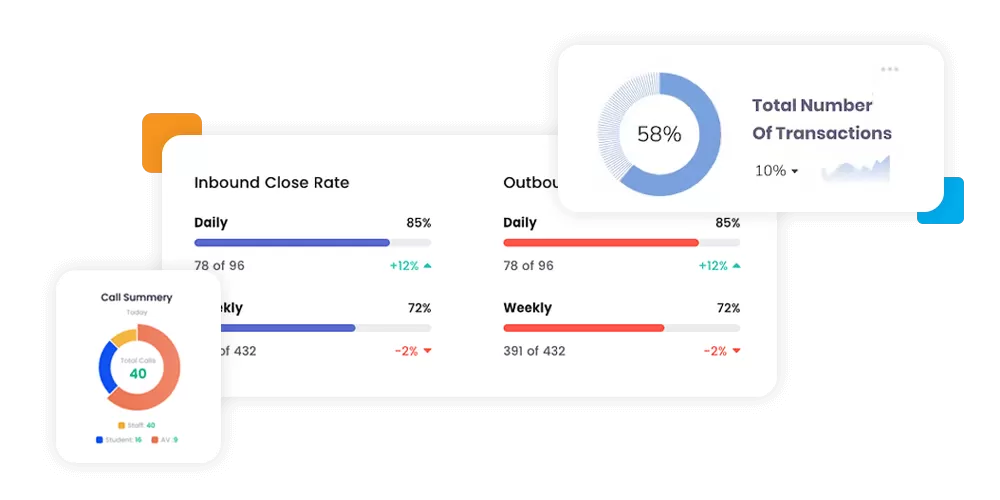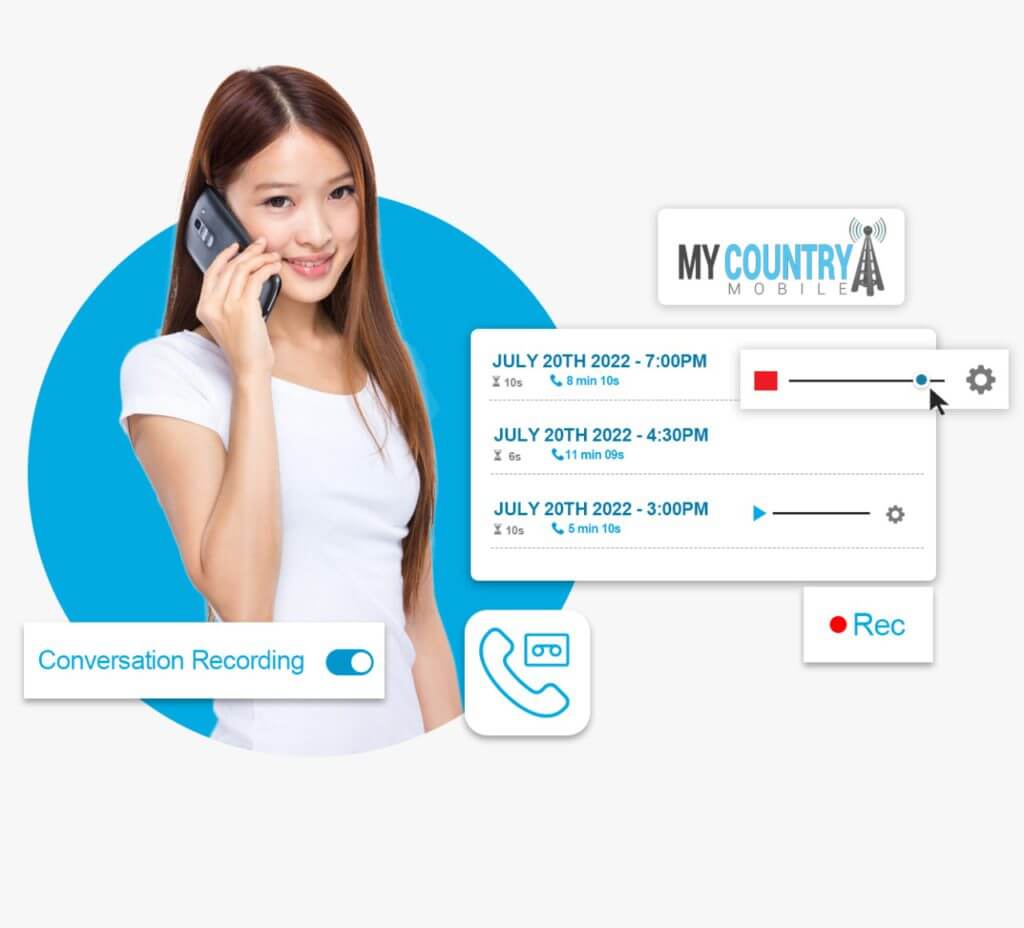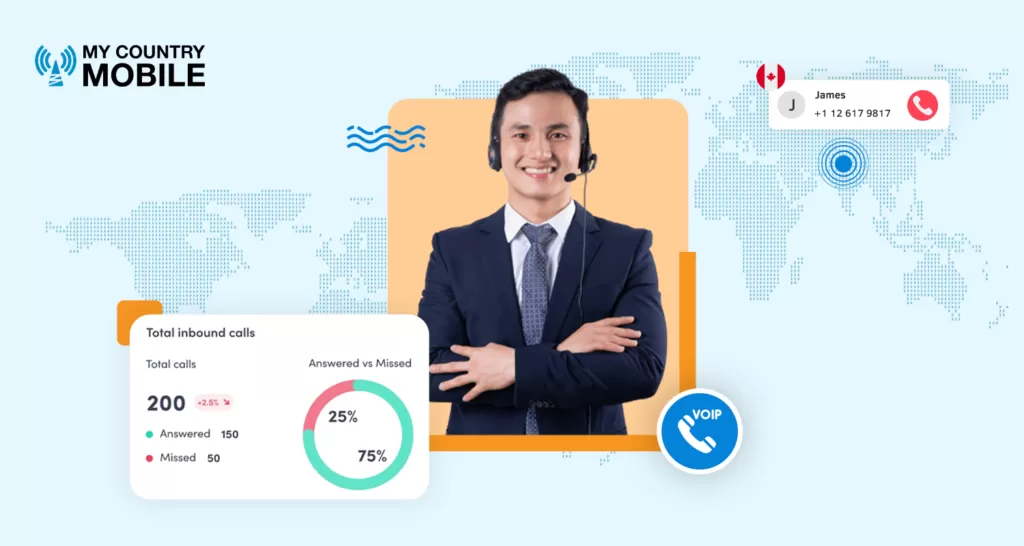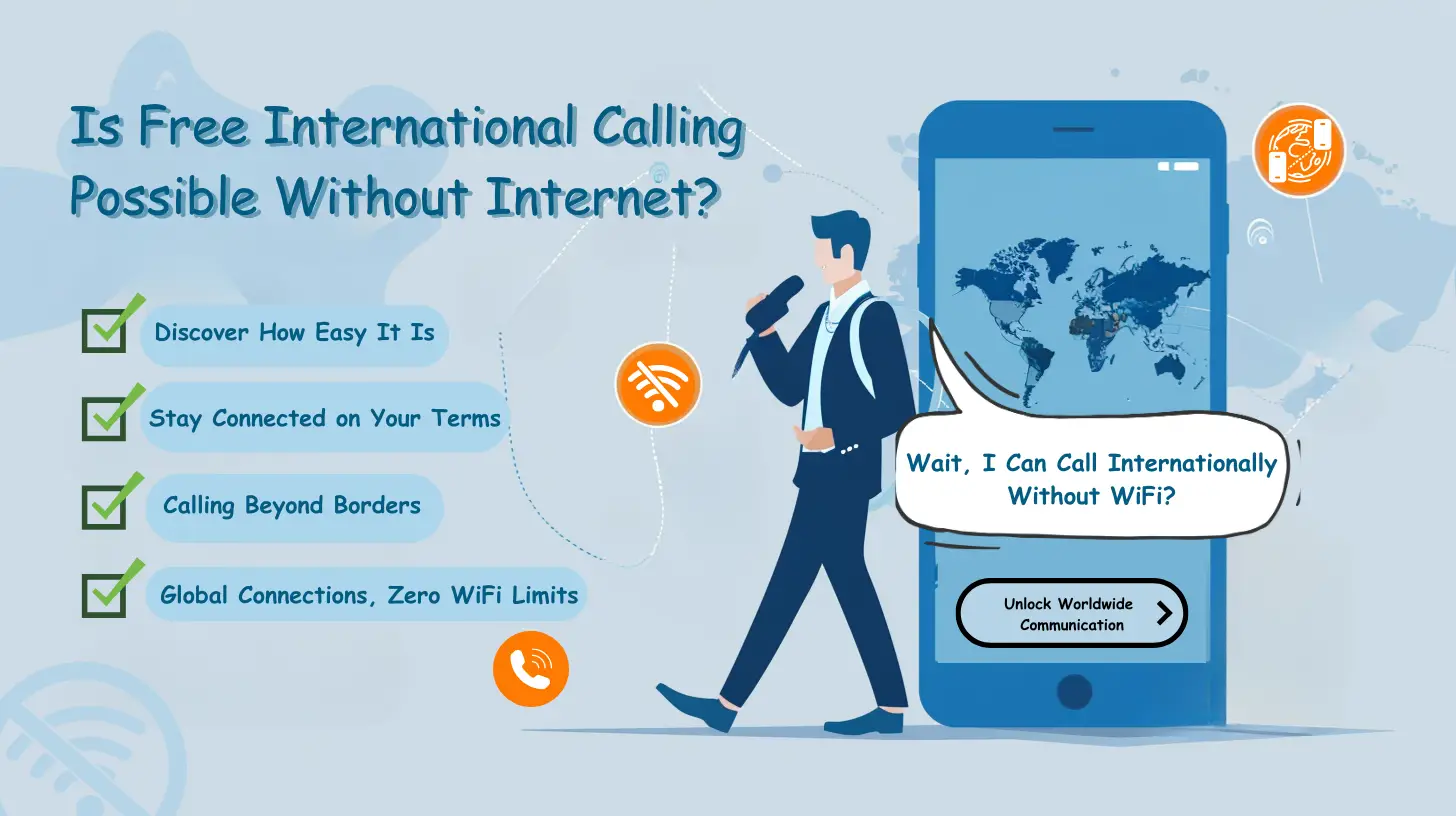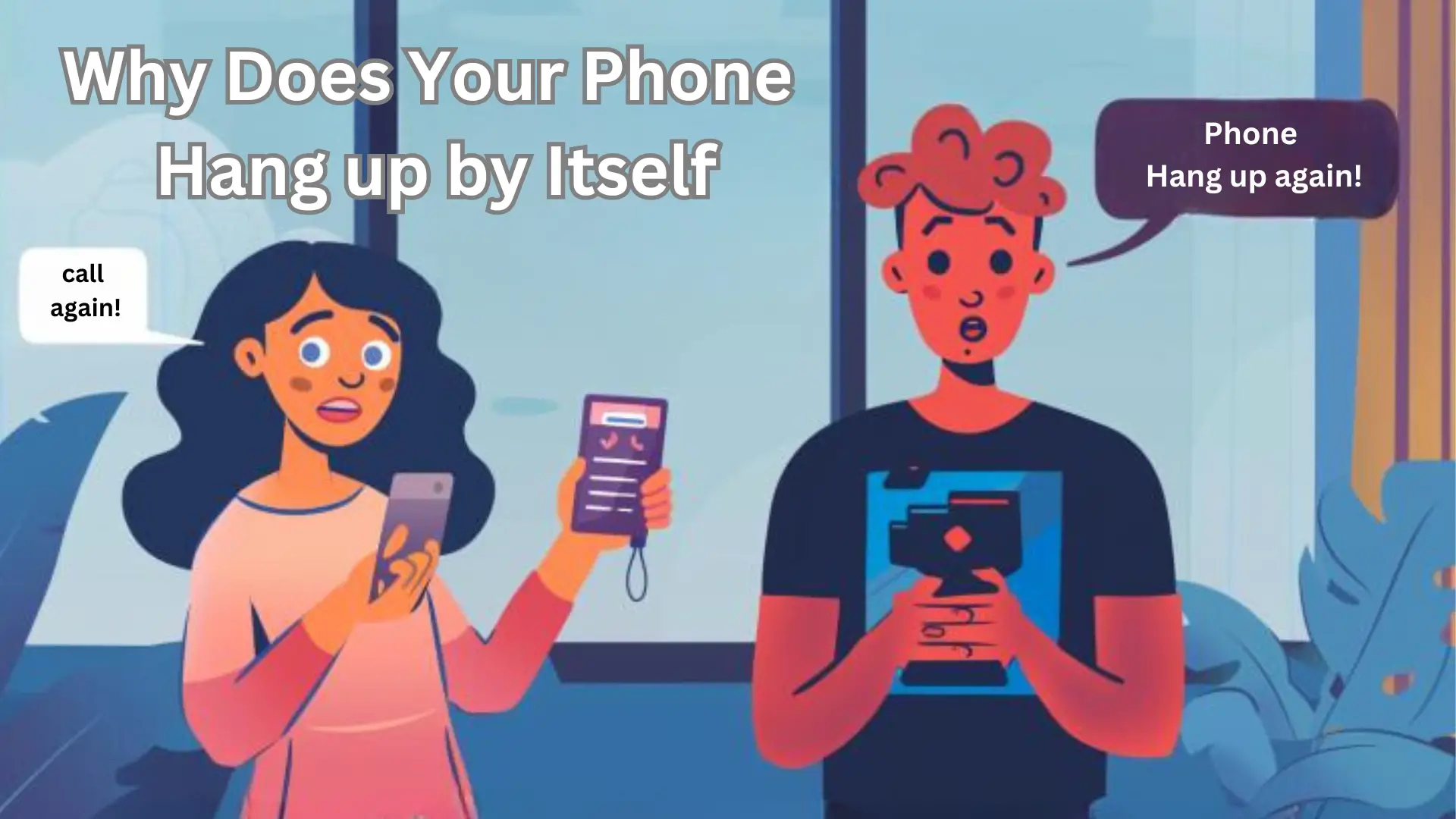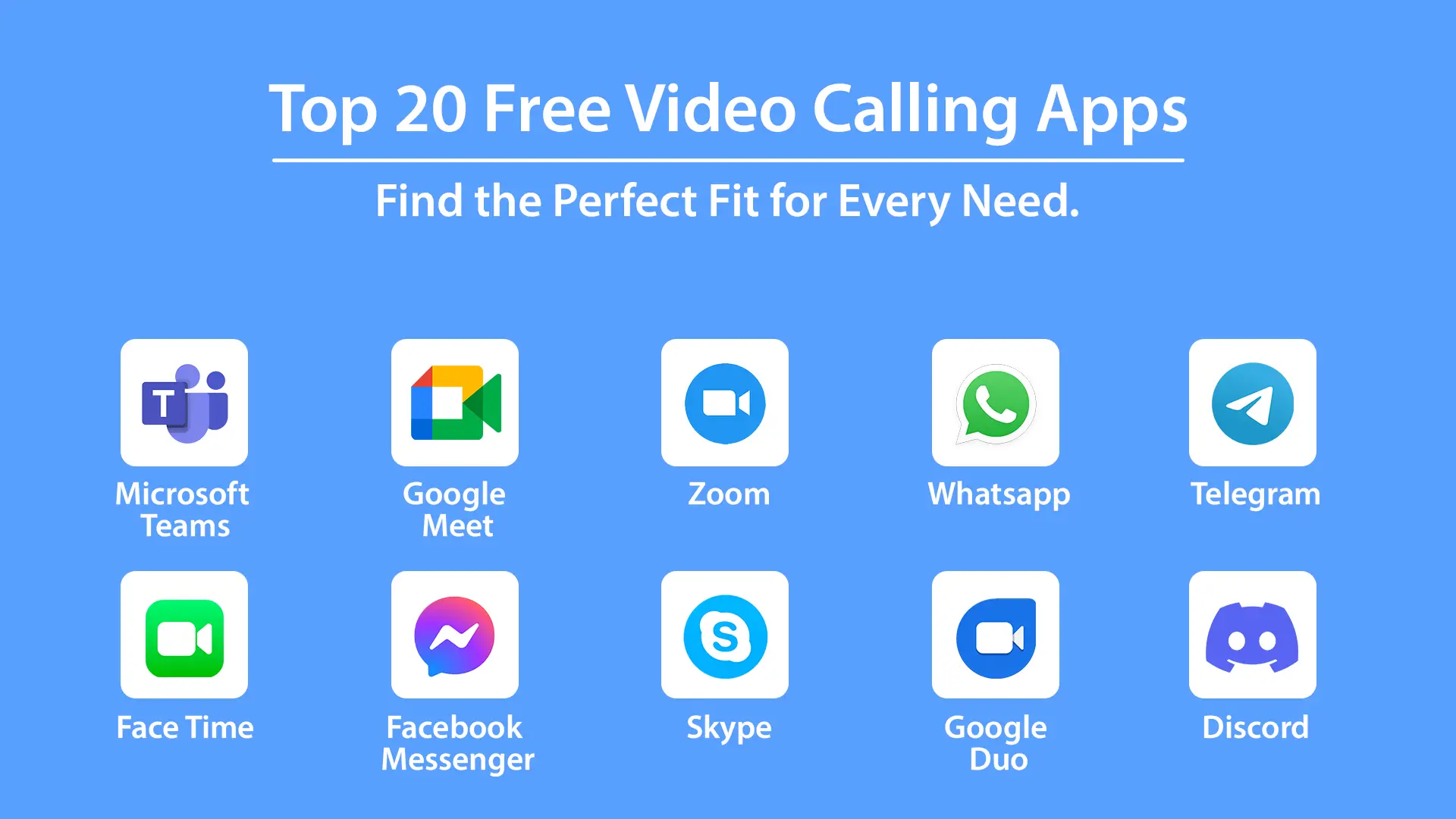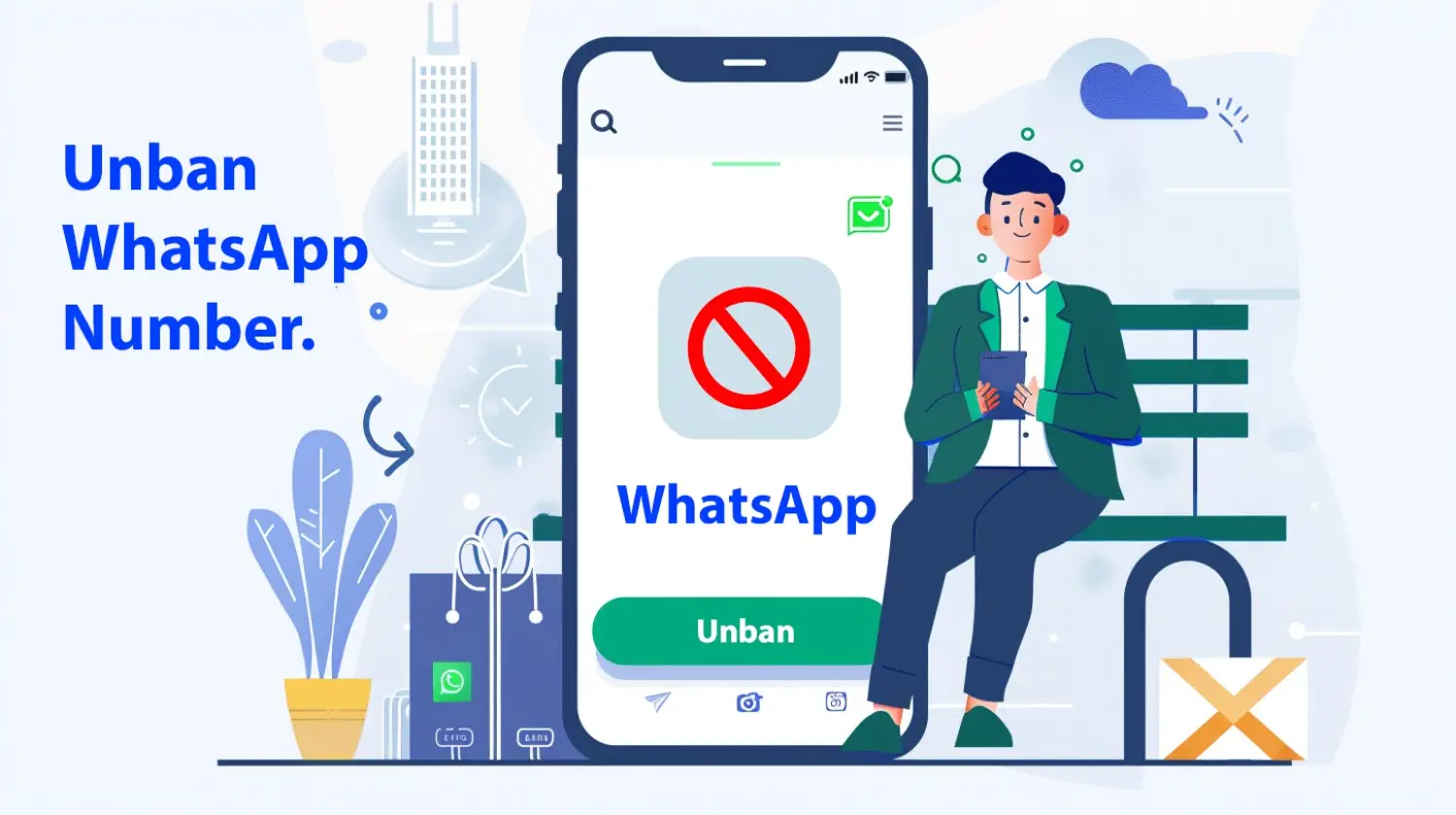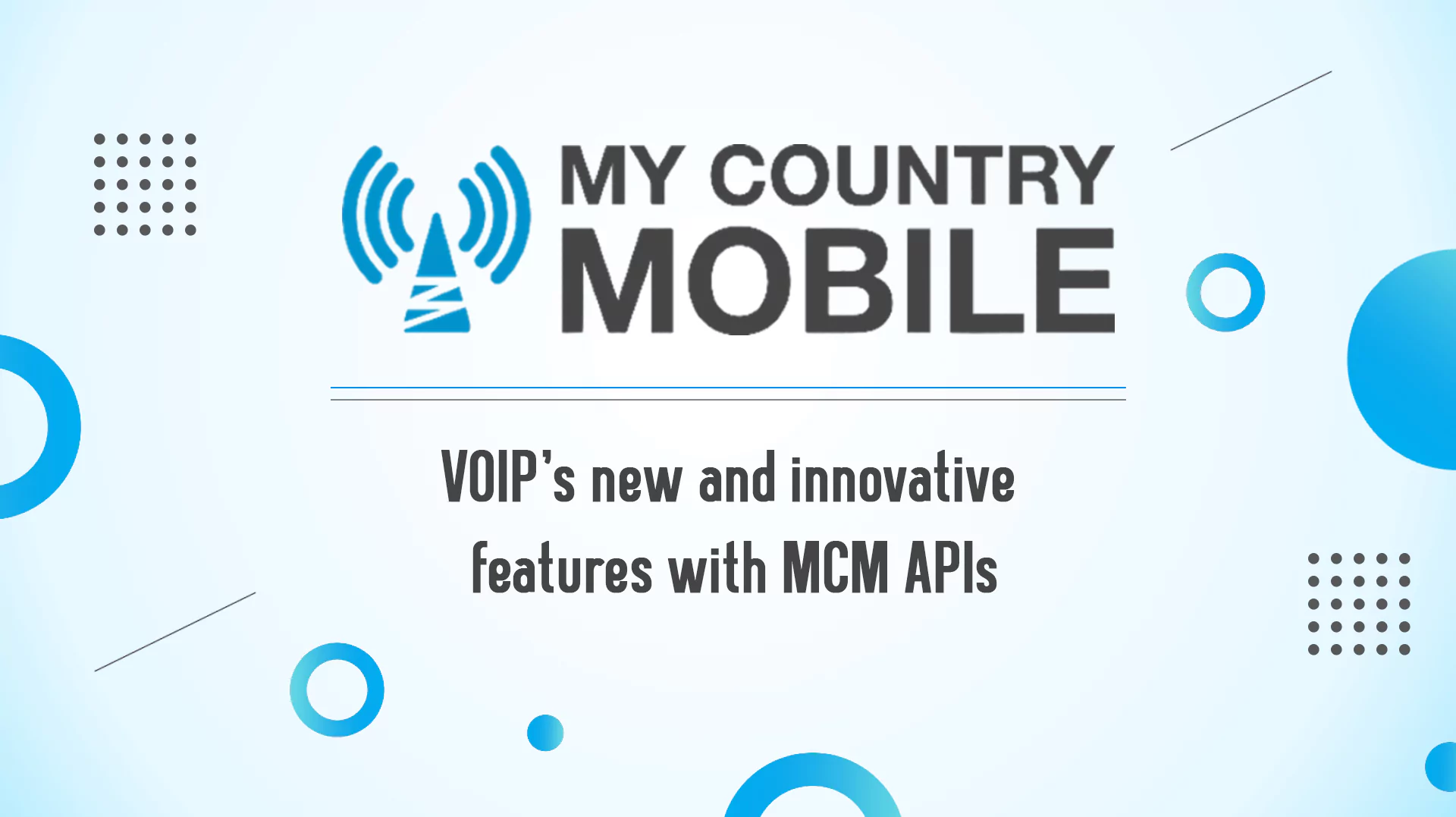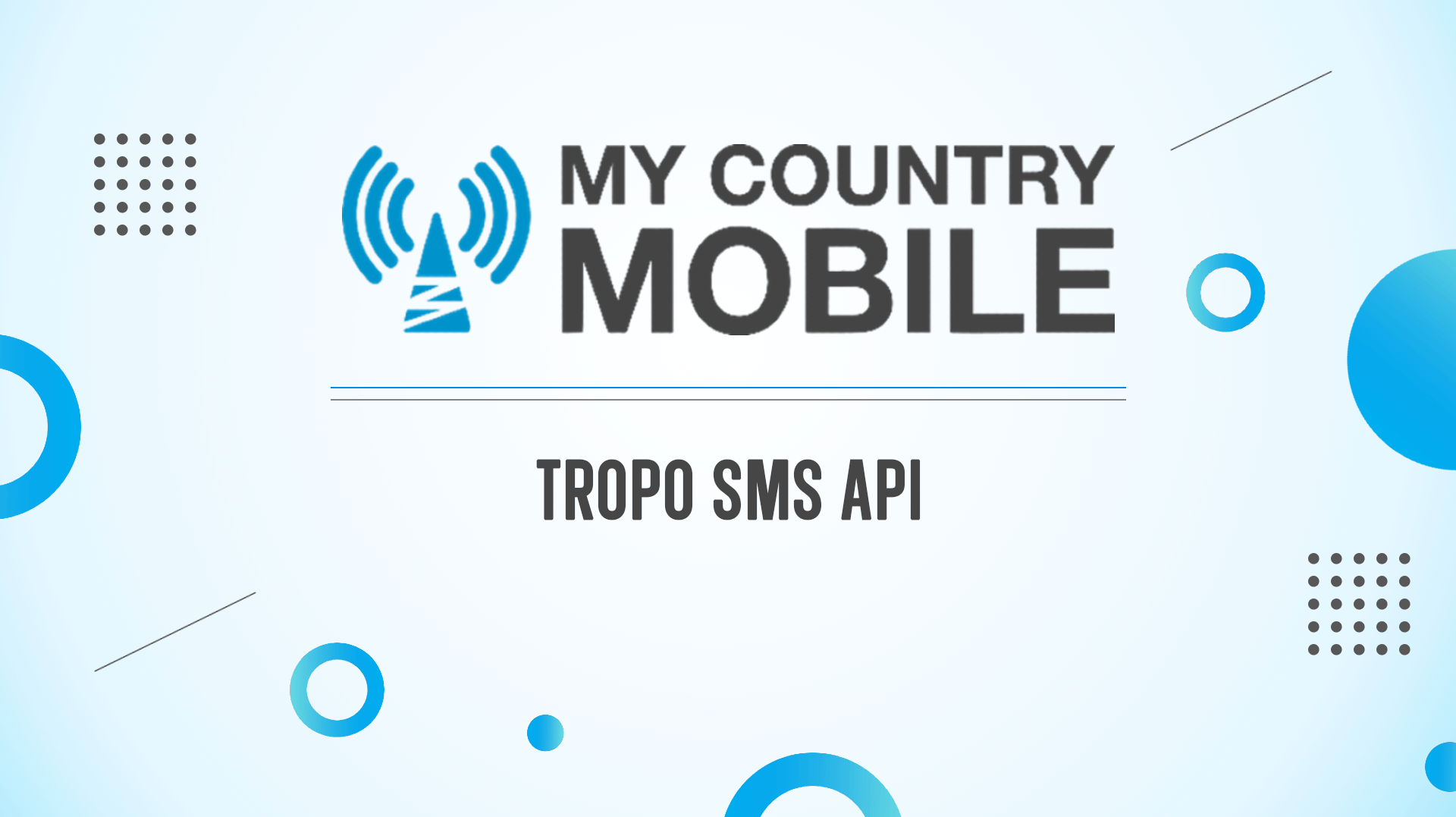Introduction
Hosting live webinars using Node.js offers numerous advantages and has become increasingly popular in recent years. In this comprehensive guide, we’ll explore what live webinars are, the benefits of hosting them, and why you should consider using Node.js for your webinar hosting needs.
We’ll also provide step-by-step instructions on getting started with Node.js, choosing a webinar platform, setting up and configuring the platform, creating a live webinar event, promoting and marketing your webinar, and delivering a successful webinar presentation.
we’ll discuss how to analyze and improve your webinars using audience feedback and monitoring key metrics. By the end of this article, you’ll have all the information you need to host successful live webinars using Node.js in just 10 minutes. Let’s dive in!
Key takeaway:
- Hosting Live Webinars maximize engagement: Live webinars provide a direct and interactive platform to engage with audiences, facilitating real-time communication and feedback.
- Node.js enhances webinar hosting: Using Node.js for Hosting Live Webinars offers benefits like scalability, asynchronous event handling, and real-time data streaming.
- Promoting webinars is crucial: Effective marketing through engaging descriptions, email campaigns, and leveraging social media can significantly increase webinar attendance.
What are Live Webinars?
Live webinars are real-time online events that allow presenters to share information, interact with participants, and deliver presentations through the internet. They provide a convenient and effective way to reach a large audience, regardless of their geographical location.
Webinars offer many benefits, such as:
1. Accessibility: Live webinars, also known as online seminars, are interactive virtual events conducted through the internet. These events enable presenters to connect with participants from various locations, eliminating the need for travel.
2. Engagement: Webinars foster active participation through interactive features like chat, polls, and Q&A sessions. These features enhance the level of engagement and maintain the audience’s interest, resulting in effective knowledge transfer.
3. Cost-effectiveness: Hosting Live Webinars eliminates the need for physical venues, travel expenses, and other logistical requirements associated with in-person events. Thus, webinars prove to be a more cost-effective option for organizers and participants.
4. Flexibility: One of the major advantages of webinars is their flexibility in terms of scheduling. Presenters can choose a time that is convenient for both themselves and the target audience. This flexibility enables individuals with busy schedules to attend and benefit from the webinar.
5. Knowledge sharing: Live webinars provide a platform for industry experts to share their knowledge and insights with a wide audience. Participants have the opportunity to gain valuable information and learn from professionals in their respective fields.
6. Networking: Through the chat features and networking opportunities provided during live webinars, participants can connect with like-minded individuals, industry experts, and potential collaborators. This networking aspect adds value to the overall webinar experience.
When considering Hosting a Live Webinar, it is crucial to have a clear understanding of your target audience, their needs, and the goals of the webinar. Careful planning and preparation are essential to ensure a successful and impactful event.
Live webinars are engaging, cost-effective, and flexible ways to share knowledge, connect with an audience, and achieve specific goals. By utilizing interactive features, providing valuable content, and promoting the event effectively, webinars can be a powerful tool for communication and education in various fields. So, start planning your live webinar today and reap the benefits that this dynamic medium has to offer.
Note: The suggestions mentioned above can help you make the most of your live webinar experience.
Hosting Live Webinars: where even introverts can become virtual rock stars.
Benefits of Hosting Live Webinars
- Hosting Live Webinars offers numerous benefits, including increased reach, engagement, and interaction, cost-effective communication, convenience for attendees, knowledge sharing and education, lead generation and sales, building credibility and authority, and flexible scheduling.
Hosting Live Webinars provides several benefits such as increased reach, engagement and interaction, cost-effective communication, convenience for attendees, knowledge sharing and education, lead generation and sales, building credibility and authority, and flexible scheduling. By incorporating live webinars into your marketing and communication strategies, you can significantly boost your online presence and drive business growth.
Why Use Node.js for Hosting Live Webinars?
Node.js is an excellent choice for Hosting Live Webinars due to its numerous benefits and capabilities. There are several reasons why using Node.js is recommended for Hosting Live Webinars:
- Scalability: Node.js is known for its ability to handle a large number of concurrent connections efficiently. It uses an event-driven, non-blocking I/O model, which allows it to handle multiple requests without blocking any threads. This ensures smooth and uninterrupted live streaming during webinars, even with a high number of participants.
- Real-time communication: Node.js enables real-time bidirectional communication between the server and clients using web sockets. This is essential for Hosting Live Webinars as it allows instant interaction, chat, and feedback between presenters and attendees. The real-time capabilities of Node.js enhance the overall webinar experience.
- High performance: Node.js is built on the V8 JavaScript engine, which is known for its speed and efficiency. It can handle requests quickly, reducing latency and improving the overall performance of the webinar platform. This is crucial for delivering a seamless and responsive user experience during live webinars.
- Extensive module ecosystem: Node.js has a vast ecosystem of open-source modules available, making it easy to integrate various functionalities into the webinar platform. Whether it’s adding video streaming capabilities, implementing chat features, or handling user authentication, Node.js offers a wide range of modules to enhance the webinar experience.
- Developer-friendly: Node.js simplifies the development process with its use of JavaScript for both the server-side and client-side. This means that developers can work with a single language throughout the entire stack, making it easier to build and maintain the webinar platform. Node.js also has a large and active community, providing ample resources and support for developers.
Using Node.js for Hosting Live Webinars offers scalability, real-time communication, high performance, an extensive module ecosystem, and developer-friendly advantages. These reasons make Node.js a suitable choice for creating robust and efficient webinar platforms. By leveraging the power of Node.js, businesses can deliver seamless live webinar experiences to engage and interact with their audience effectively.
Getting Started with Node.js
Getting started with Node.js is a breeze! In this section, we’ll jump right into it without wasting any time. First, we’ll walk you through installing Node.js, so you can get it up and running on your machine effortlessly. Then, we’ll guide you through setting up your very own Node.js project, helping you lay the foundation for your webinars in just a few simple steps. So, let’s dive in and harness the power of Node.js to host live Webinars like a pro!
Installing Node.js
Installing Node.js is a straightforward process that can be done in just a few steps:
- Download the Node.js installer from the official website. Choose the appropriate installer for your operating system.
- Run the installer executable file and follow the on-screen instructions. Select the desired installation directory and any additional components you want to include.
- Once the installation is complete, open a command prompt or terminal window.
- Verify the installation by typing
node -vin the command prompt or terminal. This will display the version of Node.js that has been installed. - Optionally, you can also install the Node Package Manager (NPM) by typing
npm installin the command prompt or terminal. NPM is a package manager for Node.js that allows you to easily install and manage third-party libraries and frameworks.
And that’s it! Node.js is now installed on your system and ready to use.
Node.js was first released in 2009 by Ryan Dahl as a way to enable server-side JavaScript development. It quickly gained popularity among developers due to its efficient and scalable architecture. Node.js is built on the V8 JavaScript engine, the same engine used by the Google Chrome browser, which allows it to execute JavaScript code with high performance.
Setting Up a Node.js Project: Get ready to dive into the world of coding with Node.js, where setting up your project is as easy as 1, 2, 3…just don’t forget the semicolons!
Setting Up a Node.js Project
When it comes to setting up a Node.js project, there are several steps you need to follow in order to ensure that your development environment is properly configured and ready for use. Here is a detailed guide on how to set up a Node.js project:
- Begin by downloading and installing Node.js from the official website. Make sure to follow the installation instructions that are specific to your operating system.
- Next, select a suitable location on your computer and create a new directory specifically for your Node.js project.
- Now, open a command prompt or terminal and navigate to the project directory.
- In order to initialize a new Node.js project in the current directory, use the command “npm init“. This will create a package.json file which will keep track of important information about your project and its dependencies.
- If your project requires any external libraries or modules, you can use the “npm install” command followed by the package name to install them. This will automatically download and add the necessary dependencies to the package.json file.
- Within your project directory, create a JavaScript file that will serve as the main entry point for your Node.js application.
- Open your main file in a code editor and start writing your Node.js code. You have the option to include modules, frameworks, and libraries to enhance your development process and add more functionality to your project.
- Make use of testing frameworks such as Mocha or Jest to write and execute tests for your Node.js project. This will help ensure that your code is functioning correctly and meeting the desired requirements.
- To run your Node.js application, use the command “node <filename>”. This will start the application, allowing you to test its functionality.
- Depending on the specific requirements of your project, you may need to configure additional settings such as database connections, environmental variables, or server configurations. Make the necessary modifications to the existing files or create new configuration files to accommodate these settings.
By following these steps, you will be able to successfully set up a Node.js project and begin the development of your application. Remember to regularly maintain and update your project as needed.
Finding the perfect webinar platform for Node.js is like hunting for a unicorn, but with more tech-savvy and less magic.</>
Choosing a Webinar Platform for Node.js
When it comes to Hosting Live Webinars using Node.js, choosing the right platform is crucial. In this section, we’ll explore the essential features to consider and introduce you to some popular webinar platforms specifically designed for Node.js. Get ready to discover the tools that will enhance your webinar experience and captivate your audience within just 10 minutes. So, let’s dive in and find the perfect platform to showcase your Node.js expertise!
Key Features to Consider
When selecting a webinar platform for Node.js, it is important to consider its compatibility with the Node.js environment. Ensure that the platform is specifically designed to work seamlessly with Node.js without any compatibility issues.
- Scalability: Look for a webinar platform that offers scalability, allowing you to easily accommodate a growing number of attendees. The platform should be able to handle large-scale webinars without compromising performance or experiencing technical difficulties.
- Customization Options: Choose a platform that provides ample customization options to match your branding and create a personalized user experience. This includes the ability to customize the webinar registration page, email invitations, and overall design of the platform.
- Interactive Features: Consider the interactive features offered by the webinar platform. Look for features like chat, polls, Q&A sessions, screen sharing, and whiteboard functionality. These features enhance participant engagement and create a more interactive webinar experience.
- Analytics and Reporting: An important feature to consider is the availability of analytics and reporting tools. The platform should provide detailed insights into attendee engagement, attendance rates, and audience feedback. This data will help you analyze the success of your webinars and make improvements for future events.
- Security: Ensure that the webinar platform has robust security measures in place to protect sensitive information shared during the webinar. Look for features like password protection, secure login, and encryption to safeguard the privacy of your attendees.
- Integration Capabilities: Consider the integration capabilities of the webinar platform with other tools and systems you may already be using. Look for options to integrate with email marketing software, CRM systems, and other relevant platforms to streamline your workflow and data management.
- Reliability and Uptime: Choose a webinar platform that offers reliable and stable performance. It should have minimal downtime to ensure a smooth webinar experience for both the host and attendees.
- Technical Support: Evaluate the level of technical support provided by the webinar platform. Look for platforms that offer 24/7 customer support, live chat, or comprehensive documentation to assist you in case of any issues or technical difficulties.
- Pricing: Consider the pricing plans offered by the webinar platform. Evaluate the features and capabilities offered in each plan and choose one that aligns with your requirements and budget.
By considering these key features when choosing a webinar platform for Node.js, you can ensure that your live webinars run smoothly and provide a seamless experience for both you and your attendees.
Why settle for just one way to torture your audience when you can use these popular webinar platforms for Node.js?
Popular Webinar Platforms for Node.js
When it comes to hosting live webinars using Node.js, there are several popular webinar platforms for Node.js available. These platforms offer a range of features and functionalities to help you create engaging and interactive webinar events. Here are some of the most popular webinar platforms for Node.js:
- Zoom: Zoom is one of the most widely used webinar platforms for Node.js that supports Node.js. It offers features like screen sharing, interactive polls, and Q&A sessions to enhance audience engagement.
- GoToWebinar: GoToWebinar is another popular choice for hosting Live webinar with Node.js. It provides robust features like automated emails, registration management, and analytics to help you plan and analyze your webinars effectively.
- WebinarNinja: WebinarNinja is a user-friendly webinar platform for Node.js that supports Node.js. It offers customizable landing pages, email automation, and interactive features like chat and polls to engage your audience.
- ClickMeeting: ClickMeeting is a comprehensive webinar platform for Node.js that enables you to hosting Live webinar using Node.js. It provides features like event registration, HD video streaming, and integrations with popular marketing tools to optimize your webinar experience.
- BigMarker: Big Marker is a cloud-based webinar platform for Node.js that supports Node.js. It offers features like live video streaming, screen sharing, and audience engagement tools to make your webinars more interactive and impactful.
These are just a few examples of the popular webinar platforms for Node.js available for hosting Live webinar using Node.js. Each platform has its own unique set of features and capabilities, so it’s important to choose the one that best suits your specific needs and requirements.
Now, let’s take a look at a true history related to hosting live webinars:
In 2020, with the outbreak of the COVID-19 pandemic, the demand for online communication and remote collaboration skyrocketed. Businesses and individuals turned to webinar platforms to Hosting Live Webinar, conferences, and training sessions.
The convenience and accessibility of webinars allowed people from all over the world to connect and share knowledge without the need for physical gatherings. As a result, webinar platforms saw a surge in popularity, with millions of hosting Live webinar on a daily basis.
Webinars became a powerful tool for businesses to generate leads, engage with their audience, and promote their products or services. Popular webinar platforms for Node.js like Zoom and GoToWebinar transformed the way businesses conducted presentations, product demos, and workshops, providing a seamless and interactive virtual experience for both hosts and participants.
As the technology behind webinar platforms continued to evolve, features like live Q&A sessions, interactive polls, and breakout rooms became common, creating a more engaging and immersive webinar experience. The ability to record and archive webinars allowed hosts to reach a wider audience by making the content available on-demand.
Looking ahead, the popularity of webinar platforms is expected to continue growing as businesses embrace remote work and virtual events become an integral part of our professional and educational landscape. With the advancements in Node.js and other web development technologies, Hosting Live Webinars has become easier and more accessible than ever before.
Setting Up and Configuring the Webinar Platform
Setting up and configuring your webinar platform is the first crucial step towards Hosting Live Webinars with NodeJS. In this section, we’ll explore two key aspects: securing the webinar platform and customizing it to suit your specific needs.
Discover how you can ensure a safe and protected environment for your attendees, while also personalizing the platform to create a unique and engaging webinar experience. Get ready to dive into the essential setup and configuration steps for hosting Live webinar in just minutes.
Securing the Webinar Platform
When it comes to securing the webinar platform, there are several important measures to consider:
- Ensure strong authentication: Implement a robust authentication system that requires users to have unique login credentials in order to secure the webinar platform and prevent unauthorized access.
- Enable encryption: Encrypt all data transmitted between the webinar platform and the participants’ devices, ensuring the security of sensitive information and preventing unauthorized interception.
- Implement role-based access control: Assign different roles and permissions to users based on their level of involvement in the webinar, ensuring that only authorized individuals can perform specific actions and access particular features, thus securing the webinar platform.
- Regularly update software and plugins: Keep the webinar platform up to date with the latest security patches and updates to protect against vulnerabilities that hackers could exploit, thus enhancing the security of the webinar platform.
- Use a secure hosting provider: Choose a reputable Hosting Live Webinar provider that offers high-level security measures, such as firewall protection and intrusion detection systems, to secure the webinar platform.
By following these security measures, you can create a secure webinar platform that effectively safeguards the privacy and confidentiality of participants.
Did you know? According to a survey, 59% of businesses experienced a data breach caused by a third-party vendor in 2020, highlighting the significance of securing all aspects of your webinar platform.
Customizing the Webinar Platform
When it comes to customizing the webinar platform, it plays a vital role in delivering a unique and personalized experience to your audience. Customizing the webinar platform allows you to align the platform with your brand identity, enhancing the overall user experience. By customizing the colors, logos, and overall visual appearance, you can match the platform to your brand’s style and aesthetics.
Customization also extends to the layout and design of the webinar platform. It is important that the layout is intuitive and user-friendly, providing a smooth and engaging experience for your participants. Elements such as the video feed, chat box, and presentation slides can be rearranged to ensure a seamless interface.
Customization also enhances the interactive features of the webinar platform. You can integrate interactive polls, quizzes, and surveys to engage with your audience in real-time. These features not only increase participant engagement but also provide valuable insights.
Customizing the registration and sign-up process allows you to collect relevant participant information and tailor the confirmation and reminder emails sent to registered participants. Additionally, customization enables integration with other tools and applications such as customer relationship management (CRM) software or email marketing platforms, ensuring smooth data flow and effective participant management.
Security and privacy are paramount, and customizing the webinar platform allows you to implement robust measures such as authentication mechanisms, password protection, and encryption. Finally, customization extends to the reporting and analytics capabilities of the webinar platform.
You can track attendance rates, participant engagement, and feedback, which provides valuable insights for future improvements and measures the success of your webinars. By investing time and effort into customizing the webinar platform according to your branding, interactive features, layout, and security requirements, you can create a truly unique and engaging webinar experience that reinforces your brand’s identity.
Creating a Live Webinar Event
Are you ready to engage your audience through live webinars? In this section, we’ll uncover the secrets to creating a captivating live webinar event.
From defining your webinar topic and audience, to selecting the perfect date, time, and duration, to configuring interactive features, we’ll explore all the essential aspects of hosting Live webinar. So fasten your seatbelts and get ready to make a lasting impact in just 10 minutes using NodeJS with My Country Mobile.
Let’s dive in!
Defining the Webinar Topic and Audience
Defining the webinar topic and audience is an imperative step in planning a thriving live webinar. By clearly identifying the topic and target audience, you can tailor your content and effectively engage participants.
- Start by brainstorming potential webinar topics that align with your expertise and the interests of your target audience. Consider industry trends, common challenges, or specific areas where you can provide valuable insights.
- Narrow down your options by evaluating the relevance and demand for each topic. Look for topics that address a pain point or offer a solution that your audience is actively seeking.
- Once you have chosen a topic, define your target audience. Consider their demographics, such as age, gender, profession, and location, as well as their specific needs and interests.
- Develop a clear objective for your webinar. What do you want your audience to take away from the session? Are you aiming to educate, inspire, or provide practical tips?
- Craft a compelling title and description that accurately reflects the webinar topic and captures the attention of your target audience. Make sure to highlight the benefits and value participants will gain from attending.
- Consider the level of expertise required for your webinar. Will it cater to beginners, intermediate learners, or advanced professionals? This will help you customize the content and ensure it is appropriately challenging.
- Outline the key points and structure of your webinar. Divide the content into logical sections or modules to maintain a clear flow.
- Research and gather supporting materials such as slides, images, or videos that will enhance your presentation and engage the audience.
Remember, defining the webinar topic and audience is essential for creating relevant and impactful content that resonates with your target participants. It sets the foundation for a successful webinar that delivers value and meets the needs of your audience.
Did you know? According to a study by ON24, webinars have an average attendance rate of 40-50% and can generate up to 20-40% qualified leads for businesses.
Setting the Date, Time, and Duration: Because time waits for no one, make sure your webinar fits snugly between people canceling last minute and others falling asleep.
Setting the Date, Time, and Duration
To ensure a successful live webinar, it is important to carefully plan and set the date, time, and duration of the event. Follow these steps to effectively set the timing details:
1. Determine the ideal date: Consider factors such as the availability of your target audience, industry events, and holidays. Choose a date that maximizes attendance and minimizes conflicts.
2. Consider the time zones: If your webinar has a global audience, take into account the time zones of your participants. Aim for a time that is convenient for the majority of your attendees.
3. Choose the appropriate start time and Duration: Select a start time that aligns with the schedule and preferences of your target audience. For instance, if your webinar targets working professionals, consider starting it after regular working hours. Additionally, decide on the duration of your webinar based on the content you plan to cover and the attention span of your audience. Keep in mind that shorter webinars are generally more engaging and better suited for participants with busy schedules.
4. Set realistic time estimates: Calculate the time needed for each segment of the webinar, including presentations, demonstrations, and Q&A sessions. Allow some buffer time to ensure the event stays on schedule.
5. Communicate the details clearly: Clearly communicate the date, time, and duration of the webinar in your promotional materials, registration page, and email invitations. Provide time zone conversions if necessary to avoid confusion.
6. Consider recording the webinar: If some participants cannot attend the live event, consider recording it so they can access the content at a later time. This allows for greater flexibility and enhances the overall reach of your webinar.
By following these steps and carefully setting the date, time, and duration of your live webinar, you increase the chances of maximizing attendance and engaging your target audience effectively.
Don’t just talk at your audience, engage them with interactive features that will keep them on the edge of their seat!
Configuring Interactive Features
When hosting live webinars, it is crucial to configure interactive features to enhance engagement and interaction with participants, ultimately making the webinar more dynamic and effective. Follow these key steps to properly configure interactive features:
- Begin by selecting a webinar platform that offers a wide range of interactive features, including live chat, polling, Q&A sessions, and screen sharing. These features enable participants to actively engage with the content and ask questions in real-time.
- Next, customize the settings for each interactive feature based on your webinar goals and target audience. For instance, you can enable chat moderation to filter out inappropriate comments or establish a time limit for polling responses.
- Prior to the start of the webinar, promote and explain the interactive features to participants. Clearly communicate how they can participate and fully utilize these features. This can be achieved through pre-webinar emails, social media posts, or on-screen instructions during the webinar.
- During the webinar, actively encourage participants to utilize the interactive features by posing questions, launching polls, or inviting them to share their opinions in the chat. This fosters a sense of participation and keeps attendees engaged throughout the session.
- Throughout the webinar, closely monitor and manage the interactive features to ensure a seamless experience for participants. Promptly respond to questions in the chat, address poll results, and effectively facilitate the Q&A session. This helps create a dynamic and interactive environment.
Pro-tip: Prior to the actual event, thoroughly test and familiarize yourself with the interactive features of the webinar platform. This allows you to anticipate any potential technical issues and guarantees a smooth experience for both you and the participants. Remember, effectively configuring interactive features can greatly enhance attendee engagement and make your live webinar more interactive and valuable.
Promoting and Marketing Your Live Webinar
Looking to take your live webinars to the next level? In this section, we’ll uncover the secrets to effectively promote and market your upcoming webinar.
Get ready to captivate your audience with engaging webinar descriptions, tap into the power of email marketing to spread the word, and maximize your reach through strategic utilization of social media channels. Boost your webinar attendance and make a lasting impact with these proven techniques. Get ready to shine in the world of online events!
Creating Engaging Webinar Descriptions
To attract potential participants and encourage them to attend your live webinar, it is crucial to create engaging webinar descriptions. Here are some strategies that can help you achieve this:
- Begin with a captivating headline: Start by using a concise and attention-grabbing headline that clearly communicates the value and topic of your webinar. For instance, “Master the Art of Digital Marketing: Strategies for Success.”
- Highlight the key benefits: Clearly articulate the benefits that participants will gain from attending the webinar. Emphasize how the webinar will solve their problems, provide valuable insights, or offer practical tips and strategies. For example, “Learn proven digital marketing techniques to boost your online presence and attract more customers.”
- Create a sense of urgency: Foster a sense of urgency and encourage immediate action by incorporating a time-sensitive element in your description. Use phrases such as “Limited spots available” or “Sign up now to secure your spot.”
- Share the agenda: Provide a brief overview of what participants can expect during the webinar. Highlight the main topics, subtopics, and any interactive features, such as Q&A sessions or polls.
- Highlight the expertise of the presenter(s): Establish credibility by showcasing the expertise and experience of the presenter(s). Mention their relevant qualifications, achievements, or industry recognition.
- Include testimonials or success stories: Incorporate testimonials or success stories if you have previously hosted successful webinars or received positive feedback from participants. This helps establish trust and credibility.
- Keep it concise and engaging: In order to maintain the reader’s interest, ensure that your webinar description is concise and to the point. Use clear and persuasive language, avoiding jargon or technical terms that might confuse or intimidate potential participants.
- Include relevant keywords: Improve search engine visibility and attract the right audience by incorporating keywords related to your webinar topic. This will help potential participants find your webinar while searching online.
- Use compelling visuals: To make your description visually appealing, include relevant images or graphics that align with your webinar topic. Visuals can capture attention and effectively convey your key message.
By following these strategies, you can create webinar descriptions that are engaging, capture the interest of your target audience, and compel them to register for your live webinar. Remember to review and proofread your descriptions for clarity and accuracy.
Promoting through Email Marketing
Email marketing is a powerful tool for promoting and reaching a wide audience for your live webinar. Here are some key strategies to consider when using email marketing to promote your webinar:
- Build an Email List: Start by building an email list of potential participants who have shown interest in your topic or have subscribed to your newsletter. This list will be your target audience for promoting your webinar.
- Engaging Subject Line: Craft a compelling and attention-grabbing subject line for your email. It should clearly convey the value and relevance of promoting through email marketing your webinar to encourage recipients to open the email.
- Personalize Your Emails: Personalization is key to grab the attention of your recipients. Address them by their names and tailor the content of your email to their specific interests and needs.
- Clear Call-to-Action: Include a clear call-to-action in your email, directing recipients to register for the webinar. Use action words like “Register Now” or “Reserve Your Spot” to create a sense of urgency and encourage immediate action.
- Email Design and Content: Keep your email design professional and visually appealing. Use concise and persuasive content to highlight the key benefits and takeaways of attending your webinar. Include testimonials or success stories from previous participants to build credibility.
- Automated Email Sequences: Set up an automated email sequence to remind and follow up with registrants about the upcoming webinar. Send timely reminders a few days before the event and on the day of the webinar to ensure high attendance rates.
- Segment Your Email List: Segment your email list based on demographics, interests, or previous engagement. This will allow you to send targeted and relevant emails to specific groups, increasing the chances of conversion.
- Email Analytics and Optimization: Track the performance of your email campaigns using analytics tools. Monitor open rates, click-through rates, and conversions to identify areas for improvement and optimize your promoting through email marketing efforts.
- Follow Up After the Webinar: After the webinar, send a follow-up email to attendees, thanking them for their participation and providing additional resources or recordings of the webinar. This helps to nurture the relationship and maintain engagement.
Incorporating email marketing into your promotional strategy is an effective way to reach a targeted audience and boost the attendance rate for your live webinar. By implementing these strategies, you can maximize the impact of your email campaigns and increase the success of your promoting through email marketing webinar.
Utilizing Social Media Channels
- Create engaging content: When utilizing social media channels to promote your live webinar, it is important to create engaging content that will captivate your audience. This can include teaser videos, behind-the-scenes photos, or intriguing snippets of information related to your webinar topic.
- Choose the right platforms: Identify the social media platforms that are most relevant to your target audience. Each platform has its own unique strengths and demographics, so it’s essential to tailor your approach accordingly. For example, LinkedIn may be more suitable for professional and business-related webinars, while Instagram or TikTok might be better for reaching a younger, visually-oriented demographic.
- Develop a content calendar: Plan your social media posts in advance to ensure a consistent and strategic approach. This will help you maintain a strong presence on social media and keep your audience engaged leading up to the webinar.
- Collaborate with influencers: Partnering with influencers in your industry can greatly expand your reach and attract a wider audience to your webinar. Identify influencers who are aligned with your topic and have a significant following on social media. They can help promote your webinar to their followers and generate more interest and registrations.
- Use hashtags strategically: Incorporate relevant hashtags in your social media posts to increase visibility and reach. Research popular hashtags related to your webinar topic and industry to ensure maximum exposure.
- Engage with your audience: Encourage your audience to interact with your social media posts by asking questions, conducting polls, or Hosting Live Webinar giveaways. Respond to comments and messages promptly to foster a sense of connection and build anticipation for the webinar.
- Share testimonials and success stories: Highlight the positive feedback and success stories from previous webinar attendees on your social media channels. User-generated content can help build trust and credibility, making it more likely for others to register for your upcoming webinar.
- Track and analyze metrics: Utilize social media analytics tools to track the performance of your posts and campaigns. Monitor metrics such as reach, engagement, and click-through rates to measure the effectiveness of your social media efforts and make data-driven improvements.
A renowned online marketing expert, Sarah, wanted to Hosting Live Webinar to share her knowledge and promote her new e-book. She utilized social media channels to reach a wider audience. Sarah created engaging content, including teaser videos and informative posts about the topics she would be covering in her webinar. She strategically chose social media platforms such as Facebook, Instagram, and Twitter, where her target audience was most active.
Sarah collaborated with influencers who had a strong presence in the digital marketing field. These influencers shared her webinar details with their followers, generating a significant buzz. Sarah also encouraged her audience to engage with her posts by asking questions and conducting polls. She promptly responded to comments and messages, building a sense of connection with her audience.
By tracking and analyzing social media metrics, Sarah was able to measure the success of her campaign. She noticed a significant increase in website traffic and registrations for her webinar. The engagement and interaction on her social media posts helped create a sense of anticipation for the event.
Using social media channels effectively not only helped Sarah promote her live webinar but also established her as an authority in the digital marketing industry.
Prepare to captivate your audience, engage with participants, and master the art of handling Q&A sessions in your live webinars.
Preparing and Delivering a Successful Live Webinar
When it comes to Hosting Live Webinars using NodeJS, it’s crucial to nail the preparation and delivery. In this section, we’ll dig into the secrets of preparing and delivering a successful live webinar.
From crafting engaging presentation materials to interacting with participants in meaningful ways, and mastering the art of handling Q&A sessions, we’ll share invaluable insights that will help you level up your webinar game. Get ready to captivate your audience and leave a lasting impression!
Preparing Presentation Materials
When organizing a live webinar, the preparation of presentation materials is a vital step in ensuring a successful and captivating event. Here are some essential factors to consider when getting ready for your presentation:
- Develop an outline: Start by creating a comprehensive outline of the main topics and key points that you intend to cover during the webinar. This will help you stay organized and maintain a logical flow of information throughout your presentation.
- Utilize visual aids: Visual aids such as slides or videos can greatly enhance your presentation and make it more engaging for participants. Create visually appealing slides that support your key points, and incorporate high-quality graphics and images to supplement your content.
- Keep it concise: Remember that participants may have limited attention spans, so it is crucial to keep your presentation concise and focused. Avoid overcrowding slides with excessive text or information. Instead, use bullet points and concise phrases to effectively convey your message.
- Integrate multimedia elements: Make your presentation more interactive and engaging by incorporating multimedia elements like videos, audio clips, or animations. These resources can help reinforce key concepts and add variety to your delivery.
- Test your materials: Prior to the live event, thoroughly test your presentation materials to ensure they function properly. Check for any technical issues, such as broken links or compatibility problems, and make the necessary adjustments.
- Customize for your audience: Tailor your presentation materials to cater to the needs and interests of your specific audience. Consider their level of expertise, industry background, as well as any specific goals or challenges they may have. This will enable you to deliver content that is relevant and valuable to them.
- Practice and rehearse: Practice delivering your presentation multiple times to become familiar with the content and timing. Rehearse your delivery style, gestures, and tone of voice to ensure a confident and engaging presentation.
- Provide supplementary resources: To further enhance the value of your webinar, consider offering supplementary resources to participants. These resources could include handouts, downloadable materials, or links to relevant articles or resources for further exploration.
By following these steps and dedicating effort to the preparation of your presentation materials, you can create an informative, engaging, and memorable webinar. Remember to continuously evaluate and improve your materials based on participant feedback and the goals you aim to achieve.
Just remember, engaging with participants doesn’t mean you have to engage with their questionable opinions too.
Engaging with Participants
Engaging with participants is an essential aspect of Hosting Live Webinar. By actively involving participants, you can create a more interactive and impactful experience. Here are key strategies to engage with participants during your webinar:
1. Start with a warm welcome: Begin your webinar by greeting participants and expressing your appreciation for their presence. This sets a positive tone and makes attendees feel valued and included.
2. Use interactive elements: Incorporate interactive features such as polls, quizzes, and surveys throughout the webinar. This encourages active participation and allows attendees to provide instant feedback, making them feel more engaged in the discussion.
3. Encourage questions and discussion: Create opportunities for participants to ask questions and share their insights. Establish a Q&A session where you address inquiries related to the webinar topic. This interaction fosters a sense of community and encourages attendees to become active contributors.
4. Foster networking opportunities: Provide platforms or chatrooms where participants can connect and network with each other. This enhances engagement and facilitates valuable knowledge sharing among attendees.
5. Incorporate real-life examples and case studies: To make the content more relatable and practical, include relevant examples and case studies during your presentation. This helps participants connect theory with real-world scenarios, enhancing their interest and engagement.
6. Utilize storytelling techniques: Weave compelling stories into your presentation to captivate participants’ attention. Stories evoke emotions, making the information memorable and relatable. Sharing personal anecdotes or success stories related to the webinar topic can inspire and engage participants.
7. Be responsive: Actively monitor chatrooms or question sections and promptly respond to participant queries and comments. By acknowledging and addressing their input, you demonstrate that their opinions are valued, creating a supportive and engaging environment.
8. Provide follow-up resources: Share additional resources, such as handouts, e-books, or relevant articles, after the webinar. This allows participants to further explore the topic and reinforces their engagement beyond the live session.
Engaging with participants is crucial to ensure a dynamic and enriching webinar experience. By implementing these strategies, you can create an interactive environment that encourages active participation and knowledge-sharing among attendees.
With Q&A sessions, it’s like Hosting Live Webinar for a comedy show – you never know what questions you’ll get, but be prepared to deliver some killer responses.
Handling Q&A Sessions
Handling Q&A sessions during a live webinar is an essential part of engaging with participants and providing them with valuable information. Here are some key considerations when it comes to handling Q&A sessions:
- Be prepared: Before the webinar, anticipate potential questions that participants may have based on the topic and content. This will help you come up with informative and concise answers.
- Create a structure: Set a specific time during the webinar dedicated to Q&A sessions. This allows participants to ask their questions and provides a clear structure to the session.
- Encourage interaction: Promote an interactive environment by actively encouraging participants to ask questions. Remind them that their questions will be addressed during the Q&A session and assure them that their inquiries are valuable.
- Address a variety of questions: Be prepared to answer a wide range of questions, from basic to more complex ones. This ensures that participants of different knowledge levels are engaged and satisfied with the information they receive.
- Active listening: Listen attentively to each question and ensure that you fully understand it before providing an answer. This demonstrates respect for the participant and shows that their question about handling Q&A sessions is valued.
- Provide clear and concise answers: When answering questions, use clear and straightforward language. Avoid using technical jargon or complex terminology that might confuse participants during Q&A sessions.
- Be inclusive: Give everyone an opportunity to ask questions. If time permits, alternate between questions from different participants or groups to ensure everyone feels included during handling Q&A sessions.
- Manage time effectively: Keep track of time during the Q&A session to ensure that all questions are addressed within the allocated time. If there are remaining unanswered questions, offer alternative channels for participants to reach out afterward.
Handling Q&A sessions in a live webinar requires preparation, attentiveness, and effective communication skills. By following these guidelines, you can create a valuable and engaging experience for participants and ensure that their questions are answered satisfactorily.
Remember, Q&A sessions provide an opportunity to deepen the participants’ understanding, address any concerns, and foster a sense of community. Embrace this chance to connect with your audience and deliver a successful live webinar.
Analyzing and Improving Your Webinars
Looking to make your webinars a hit? In this section, we’ll dive into the exciting world of analyzing and improving your webinars. Discover the power of collecting and analyzing audience feedback, honing Live webinars in on what resonates with your viewers, and watch your engagement soar.
Plus, we’ll explore the importance of monitoring key metrics to measure success, ensuring your webinar strategy stays on track. It’s time to take your webinars to the next level and captivate your audience like never before.
Collecting and Analyzing Audience Feedback
When Hosting Live Webinars, it is crucial to collect and analyze audience feedback to understand the effectiveness of your presentation and make improvements for future events. Collecting and analyzing audience feedback has always been a crucial part of the webinar hosting process since its inception.
Hosting Live Webinar have consistently aimed to gather insights from their audience to enhance the quality of their presentations and engage their attendees better. With advancements in technology, tools like online surveys, real-time polls, and webinar analytics have made it easier than ever to assess audience feedback.
Here are some steps to consider when collecting and analyzing audience feedback:
- Design feedback forms: Create online surveys or feedback forms using tools like Google Forms or SurveyMonkey. Include questions about the overall satisfaction, relevance of content, clarity of presentation, and speaker’s delivery.
- Offer post-webinar surveys: Send surveys to participants after the webinar to gather their feedback while the event is still fresh in their minds. Make sure to provide an option for anonymous feedback to encourage honest responses.
- Conduct polls and quizzes: During the webinar, engage participants by conducting polls or quizzes. This interactive approach allows you to gather instant feedback on specific topics, gauge audience understanding, and identify areas that need further clarification.
- Monitor chat and Q&A: Pay attention to the chat and Q&A sections during the webinar. Take note of recurring questions or concerns raised by participants. This feedback can provide insights into areas that may require more attention or explanation.
- Track attendance and engagement metrics: Use webinar analytics tools to track attendance rates, engagement levels, and participation. These metrics can help you understand the level of interest and interaction among attendees.
Analyzing the collected feedback is crucial for improving future webinars. Here are some tips for effective analysis:
- Identify common themes: Look for patterns or common themes in the feedback received. This could include positive feedback on specific topics, suggestions for improvement, or areas where participants felt confused or disengaged.
- Quantify feedback: Convert qualitative feedback into quantitative data to get a clearer understanding of the overall sentiment. For example, categorize feedback using numerical scales (e.g., 1 to 5) for different aspects of the webinar.
- Compare feedback across webinars: Compare feedback from different webinars to identify trends or recurring issues. This will help you spot areas where improvements are needed and measure progress over time.
- Take action: Based on the feedback received, make necessary adjustments for future webinars. Address any areas of improvement, clarify confusing topics, or enhance engagement strategies to provide a better experience for participants.
By actively collecting and analyzing audience feedback, you can continuously improve your webinar presentations, engage participants effectively, and create valuable learning experiences for your audience.
Over the years, collecting and analyzing audience feedback has become an integral aspect of Hosting Live webinars. It allows hosts to understand the needs and expectations of their audience and tailor their presentations to meet those requirements. With the insights gained from feedback analysis, Hosting Live Webinars an create more impactful and engaging webinars, ensuring a positive experience for all participants.
So, make sure to invest time and effort into collecting and analyzing audience feedback for your webinars, and watch your presentations evolve into immersive and valuable experiences for your audience.
Monitoring Key Metrics
Monitoring key metrics is essential for evaluating the success and effectiveness of your live webinars. By diligently tracking specific metrics, you can identify areas of improvement and make data-driven decisions to enhance future webinar events. Here are some key metrics to monitor when hosting live webinars:
- Attendance Rate: Measure the percentage of registered participants who actually attended the webinar. A high attendance rate indicates a well-promoted and engaging event.
- Engagement Rate: Monitor the level of participant engagement during the webinar. This can include metrics like average time spent watching, questions asked, and polls answered. Higher engagement rates indicate an interactive and captivating webinar.
- Conversion Rate: Track how many attendees took the desired action during or after the webinar, such as signing up for a free trial, purchasing a product, or subscribing to a newsletter. A higher conversion rate signifies an effective webinar in achieving its intended goals.
- Feedback Rating: Collect feedback from participants through surveys or ratings to gauge their satisfaction with the webinar content, delivery, and overall experience. Analyzing feedback ratings helps identify areas for improvement.
- Technical Issues: Monitor the number of technical issues experienced by participants during the webinar, such as audio or video problems. By keeping track of technical issues, you can identify patterns and address any technical glitches for future webinars.
- Replay Views: If you offer a replay of the webinar, track the number of views it receives. This metric helps measure ongoing interest in the content and allows participants who missed the live event to still engage with the material.
- Social Media Reach: Measure the reach and engagement of social media posts related to the webinar, such as the number of likes, shares, and comments. This metric provides insights into the effectiveness of your social media promotion strategy.
- Cost per Lead: Calculate the cost of acquiring a lead through the webinar by dividing the total cost of Hosting Live Webinar by the number of leads generated. This metric helps determine the financial effectiveness of your webinar in terms of lead generation.
- ROI (Return on Investment): Determine the overall return on investment by taking into account the costs of Hosting Live Webinar and the revenue generated as a result. This metric assesses the financial success and profitability of your webinar.
By diligently monitoring these key metrics, you can continuously improve the quality and impact of your live webinars, ensuring they provide value to both participants and your organization.
Some Facts About “Hosting Live Webinars Using NodeJS in 10 Minutes: My Country Mobile”:
- ✅ The project aims to create a system using Twilio Video and the AdonisJs framework where a user can hosting live webinars video and viewers can watch their presentation.
- ✅ AdonisJs is a full-stack, open-source MVC framework for Node.js that saves time and effort by providing many features out of the box.
- ✅ Twilio Video is a fast way to build a full-featured WebRTC video solution across web, Android, and iOS platforms.
- ✅ Twilio Video is best suited for small groups, with a maximum of 10 participants in peer-to-peer rooms and up to 50 participants in group rooms.
- ✅ The app can be extended to include user accounts, Q&A, or chat functionality using Twilio Programmable Chat.
Frequently Asked Questions
How can I hosting live webinars using NodeJS?
To hosting live webinars using NodeJS, you can use Twilio Video and the AdonisJs framework. Twilio Video is a fast and easy way to build a full-featured WebRTC video solution. AdonisJs is a full-stack, open-source MVC framework for Node.js that provides many features out of the box. By combining these tools, you can create a system where you can host a video and viewers can watch your presentation.
What are the limitations of Twilio Video in terms of the number of participants?
Twilio Video is best suited for small groups. It supports a maximum of 10 participants in peer-to-peer rooms and up to 50 participants in group rooms. If you have a larger audience, you may need to consider utilizing other solutions or platforms.
How do I get started with hosting live webinars using NodeJS?
To get started, you will need a Twilio account. Copy and save the API Key and API Secret provided by Twilio. Additionally, ensure that you have Node.js and the AdonisJs CLI installed. Use the AdonisJs CLI to create the project folder and configure the necessary Twilio settings in the .env file. Create the required controller functions and set up routes. Modify the views to display videos and a list of attendees. Finally, establish the connection to the room and handle participant connections and disconnections in the app.js file.
How can I test new features in my NodeJS webinar application?
To test new features in your NodeJS webinar application, you can utilize Twilio Programmable Video’s capabilities. By integrating Twilio Programmable Chat, you can extend your application to include user accounts, Q&A, or chat functionality. This allows you to experiment and incorporate new features based on your requirements.
Can I create sub-accounts for managing multiple webinars?
Yes, you can create sub-accounts in Twilio to manage multiple webinars. Sub-accounts provide the capability to organize and control different webinars separately. By creating sub-accounts, you can assign permissions and manage access to different parts of your application and its resources.
How should I handle error responses when making REST API calls to Zoom?
When making REST API calls to Zoom, it’s important to handle error responses appropriately. You should check the response status code and handle any error messages returned by the Zoom API. The API libraries typically provide methods or functions to extract relevant error information from the response. By properly handling error responses, you can ensure the smooth operation of your integration with Zoom.

